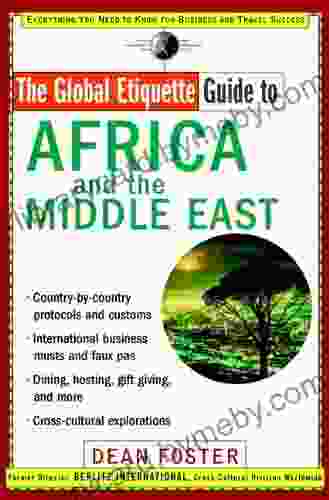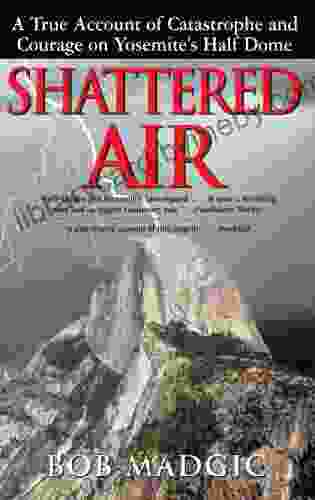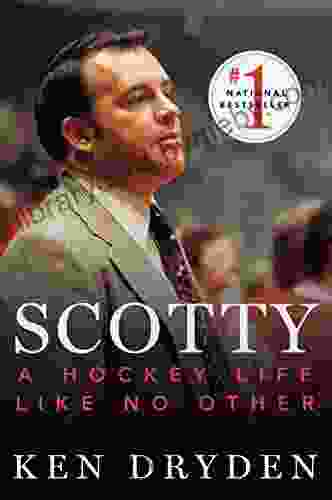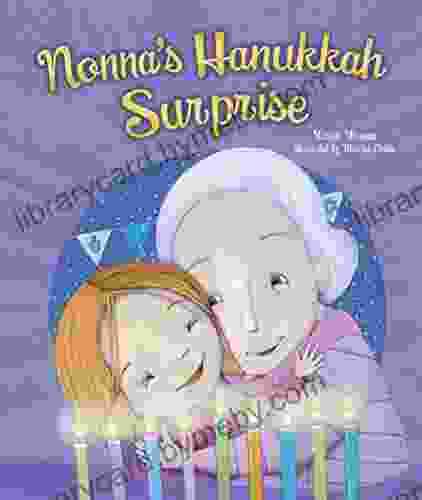The Battle of Bretton Woods: The Birth of the Post-War International Monetary System

4.5 out of 5
| Language | : | English |
| File size | : | 4141 KB |
| Text-to-Speech | : | Enabled |
| Screen Reader | : | Supported |
| Enhanced typesetting | : | Enabled |
| X-Ray | : | Enabled |
| Word Wise | : | Enabled |
| Print length | : | 580 pages |
Free Download Now
The Battle of Bretton Woods was a conference held in Bretton Woods, New Hampshire, United States, from July 1 to 22, 1944. The conference was attended by representatives from 44 countries, and its هدف was to create a new international monetary system that would help to prevent the kind of economic chaos that had occurred during the Great Depression.
The conference was a success, and the Bretton Woods Agreements established a new international monetary system that was based on the principles of fixed exchange rates and the convertibility of currencies into gold. The system worked well for many years, but it eventually collapsed in the early 1970s.
The Battle of Bretton Woods is a fascinating story that has important implications for the world today. The conference was a turning point in the history of international economic cooperation, and its legacy continues to shape the global economy.
The Negotiations
The negotiations at Bretton Woods were complex and difficult. The delegates had to overcome a number of obstacles, including the different economic interests of the participating countries and the legacy of the Great Depression.
One of the most important issues that the delegates had to address was the question of exchange rates. The United States wanted to establish a system of fixed exchange rates, while the United Kingdom favored a system of floating exchange rates. In the end, the delegates agreed to a compromise that allowed countries to choose between fixed and floating exchange rates.
Another important issue that the delegates had to address was the question of the role of gold. The United States wanted to establish a system that was based on the gold standard, while the United Kingdom favored a system that was based on the dollar. In the end, the delegates agreed to a compromise that allowed countries to choose between the gold standard and the dollar standard.
The Agreements
The Bretton Woods Agreements established a new international monetary system that was based on the principles of fixed exchange rates and the convertibility of currencies into gold. The system was designed to promote economic stability and growth by preventing the kind of economic chaos that had occurred during the Great Depression.
The Bretton Woods Agreements created two new institutions: the International Monetary Fund (IMF) and the World Bank. The IMF was tasked with promoting international monetary cooperation and providing financial assistance to countries in need. The World Bank was tasked with promoting economic development in developing countries.
The Legacy
The Bretton Woods system worked well for many years. It helped to promote economic stability and growth, and it prevented the kind of economic chaos that had occurred during the Great Depression.
However, the Bretton Woods system eventually collapsed in the early 1970s. The collapse was caused by a number of factors, including the rise of inflation, the increased demand for gold, and the growing trade deficit of the United States.
The collapse of the Bretton Woods system led to a period of international economic instability. However, the system's legacy continues to shape the global economy. The IMF and the World Bank continue to play important roles in promoting international monetary cooperation and economic development.
The Battle of Bretton Woods was a turning point in the history of international economic cooperation. The conference established a new international monetary system that helped to promote economic stability and growth for many years. However, the system eventually collapsed in the early 1970s. The legacy of Bretton Woods continues to shape the global economy today.
Free Download Now
4.5 out of 5
| Language | : | English |
| File size | : | 4141 KB |
| Text-to-Speech | : | Enabled |
| Screen Reader | : | Supported |
| Enhanced typesetting | : | Enabled |
| X-Ray | : | Enabled |
| Word Wise | : | Enabled |
| Print length | : | 580 pages |
Do you want to contribute by writing guest posts on this blog?
Please contact us and send us a resume of previous articles that you have written.
 Book
Book Novel
Novel Page
Page Chapter
Chapter Text
Text Story
Story Genre
Genre Reader
Reader Library
Library Paperback
Paperback E-book
E-book Magazine
Magazine Newspaper
Newspaper Paragraph
Paragraph Sentence
Sentence Bookmark
Bookmark Shelf
Shelf Glossary
Glossary Bibliography
Bibliography Foreword
Foreword Preface
Preface Synopsis
Synopsis Annotation
Annotation Footnote
Footnote Manuscript
Manuscript Scroll
Scroll Codex
Codex Tome
Tome Bestseller
Bestseller Classics
Classics Library card
Library card Narrative
Narrative Biography
Biography Autobiography
Autobiography Memoir
Memoir Reference
Reference Encyclopedia
Encyclopedia Benson Shum
Benson Shum Philip Mcmichael
Philip Mcmichael Omari Mcqueen
Omari Mcqueen Ben Woodard
Ben Woodard Ben Riggs
Ben Riggs Nassim Nicholas Taleb
Nassim Nicholas Taleb Melanie Challenger
Melanie Challenger Darcy Dougherty Maulsby
Darcy Dougherty Maulsby Richard Eng
Richard Eng Katie Douglas
Katie Douglas Bob Gregory
Bob Gregory Harriet Mcbryde Johnson
Harriet Mcbryde Johnson Bennett Cerf
Bennett Cerf Terri Johnson
Terri Johnson Kareem Rosser
Kareem Rosser Harlow Robinson
Harlow Robinson Fran Zimniuch
Fran Zimniuch Rupika Raj
Rupika Raj Strawberry Pencil Magic
Strawberry Pencil Magic Stan Craig
Stan Craig
Light bulbAdvertise smarter! Our strategic ad space ensures maximum exposure. Reserve your spot today!

 Yukio MishimaThe Epic Story Of The Fastest Ride In History Through The Heart Of The Grand
Yukio MishimaThe Epic Story Of The Fastest Ride In History Through The Heart Of The Grand
 Gavin MitchellThe Goldfinch: A Literary Masterpiece Unraveling the Threads of Loss and...
Gavin MitchellThe Goldfinch: A Literary Masterpiece Unraveling the Threads of Loss and... Demetrius CarterFollow ·17.3k
Demetrius CarterFollow ·17.3k Robbie CarterFollow ·7.7k
Robbie CarterFollow ·7.7k Elliott CarterFollow ·14.5k
Elliott CarterFollow ·14.5k Reed MitchellFollow ·12.8k
Reed MitchellFollow ·12.8k Curtis StewartFollow ·13.3k
Curtis StewartFollow ·13.3k Chris ColemanFollow ·12.3k
Chris ColemanFollow ·12.3k Johnny TurnerFollow ·5.8k
Johnny TurnerFollow ·5.8k Fyodor DostoevskyFollow ·12.5k
Fyodor DostoevskyFollow ·12.5k

 Ivan Cox
Ivan CoxSpeak With Ease: The Ultimate Guide to Public Speaking...
By Rupika Raj ...

 Jesus Mitchell
Jesus MitchellVulcan Forge: A Suspense Thriller that Will Keep You on...
Vulcan Forge is...

 Dashawn Hayes
Dashawn HayesThe Carteret Family Bob Martin: A Comprehensive Review
Bob Martin's...

 Owen Simmons
Owen SimmonsUnlock the World of Cultural Nuances with "The Global...
Embark on a Journey of...

 Ian McEwan
Ian McEwanConquer the Mountain: True Account of Catastrophe and...
In the heart of California's stunning...
4.5 out of 5
| Language | : | English |
| File size | : | 4141 KB |
| Text-to-Speech | : | Enabled |
| Screen Reader | : | Supported |
| Enhanced typesetting | : | Enabled |
| X-Ray | : | Enabled |
| Word Wise | : | Enabled |
| Print length | : | 580 pages |










